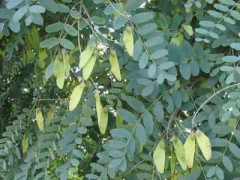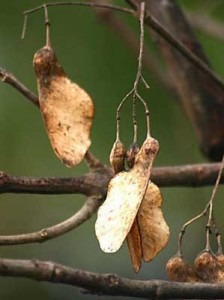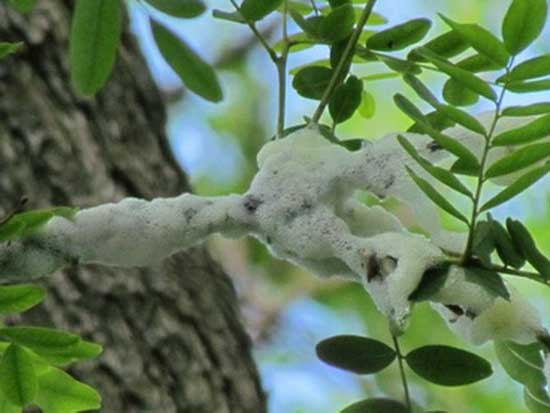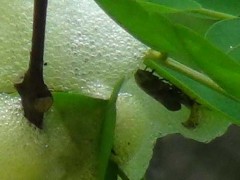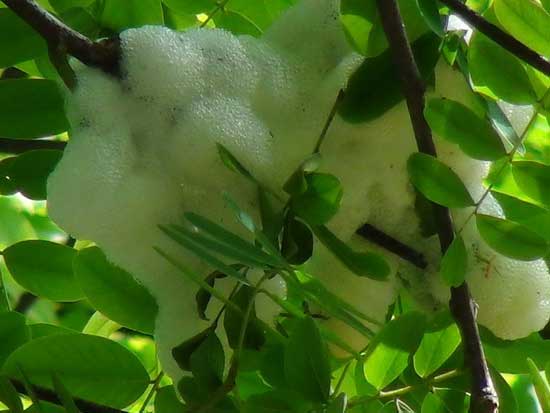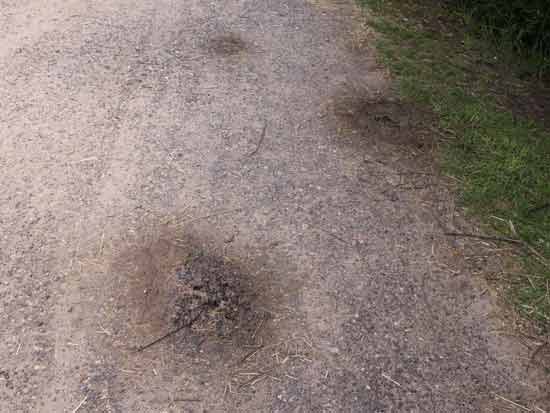Tipuana tipu is native to the northwestern of Argentina. It is large and its decurrent crown provides good shade. Leaves fall during a short period around October. When it becomes green again it gets completely covered with bright yellow flowers, which form a yellow mat when they fall on the ground. They flower in summer for a second time but less intensely.
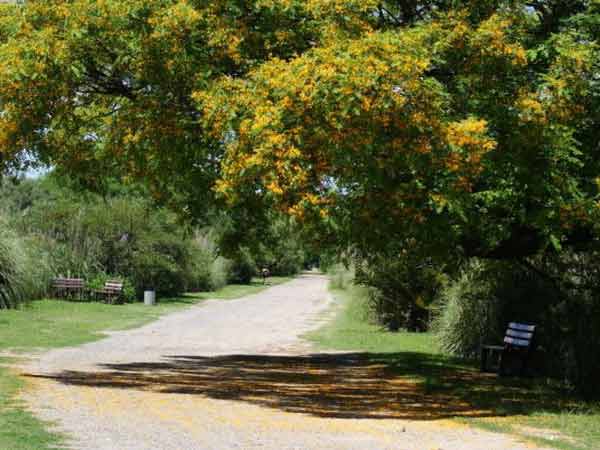 It is valued for its shade© Carlos Gonzalez Ledo It is valued for its shade© Carlos Gonzalez Ledo
|
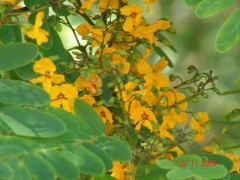 Flowers grow in racemes. © Roberto Ares |
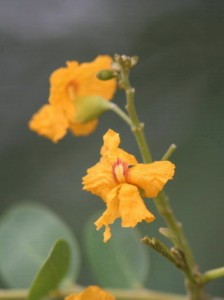 © Cora Rimoldi |
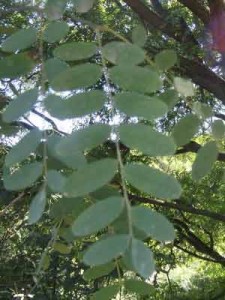 Compound leaf© Cora Rimoldi |
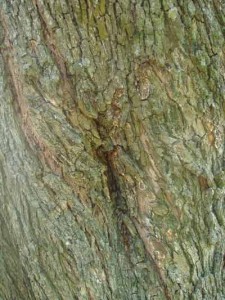 Dark grey bark with longitudinal fissures© Cora Rimoldi |
Spittlebugs are insects associated to this tree.
| Dark-billed cuckooCoccyzus melacoryphus |
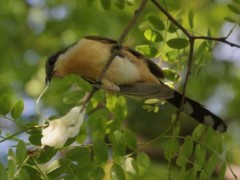 |
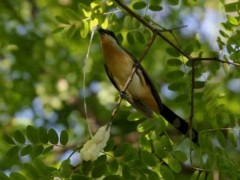 |
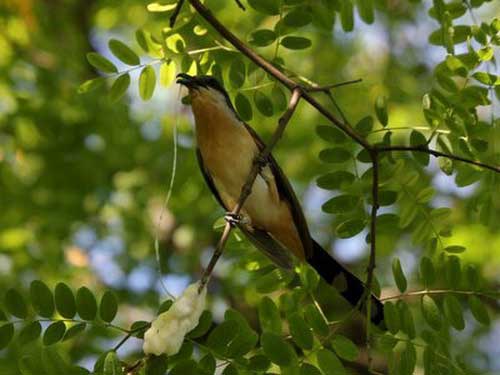 Amelia and Pablo tell us that they were watching this Dark-billed Cuckoo feed for a long time. It moved about the tree, jumping form one branch to the other in search for the spittle masses, caught the bug and ate it.Last November I wrote something on the biology of the spittlebug (See Rosewood). In this opportunity it is a link in the food chain, being predated by this cuckoo. What surprises me most is how malleable the spittle is that it kneads into a spaghetti-like string and keeps sticky without breaking. Photos © Amelia Besana Amelia and Pablo tell us that they were watching this Dark-billed Cuckoo feed for a long time. It moved about the tree, jumping form one branch to the other in search for the spittle masses, caught the bug and ate it.Last November I wrote something on the biology of the spittlebug (See Rosewood). In this opportunity it is a link in the food chain, being predated by this cuckoo. What surprises me most is how malleable the spittle is that it kneads into a spaghetti-like string and keeps sticky without breaking. Photos © Amelia Besana
|


